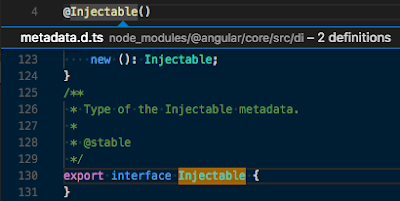Programming: Practices of a (Less) Pragmatic Programmer
Disclaimer: I haven't read the book The Pragmatic Programmer yet but the book seems to go beyond the practices I recommend. Hence I settled for calling these the practices of a programmer who is "less pragmatic." TLDR: Document everything, communicate better, write good commit messages, and be a good coworker. I've been thinking lately about why I do my job the way I do. Why do I perform my tasks the way I do? I can't really pin down to one solid reason. Maybe through hearing about them or my careful, thorough personality, these work habits just naturally materialized. Whichever the case, they make sense to me, especially in my work environment. To frame your point of view, some key highlights about my work environment are: Complex and (many times) unclear requirements : We have a pretty sizable, complex set of requirements on a product that's about 15 years old. User stories often get fleshed out while the developer is implementing them. Resource...

